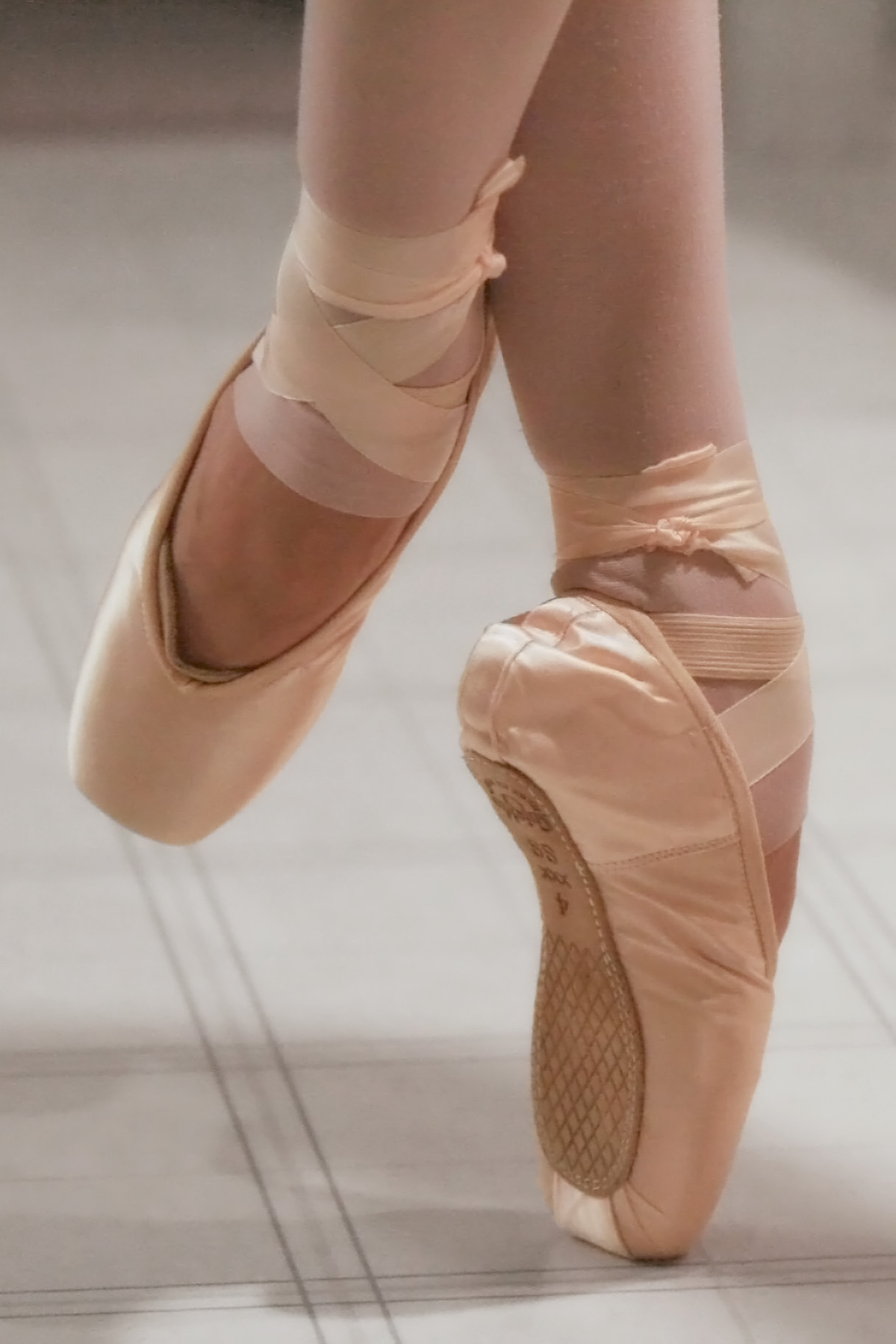Her: I hate dancing with glasses.
Me: Because they fall off when you’re doing the turn-y things?
Her: Yes, it’s so much easier with contacts.
Me: You know, you can calculate how fast you’d have to turn to get the contacts to pop out.
How fast would a dancer have to spin to get her contacts to pop out?
Contact lenses weigh about 0.05 g and are about 1.0 cm2 in area. They are held on mostly by suction. Suction occurs because there is a partial vacuum created under the contact as it's pulled away from the eye. To pop out, a contact needs to overcome air pressure, which for our atmosphere is about 100 kPa. As the dancer spins, her contacts move in a circle with roughly a 10 cm radius. The force to keep an object in uniform circular motion is given by
force = (mass) · (velocity)2/ (radius).
The maximum this force can be before the contact pops out is determine by atmospheric pressure
force = (pressure) · (area).
Solving for the velocity, we get
velocity = [(pressure) · (area) · (radius) / (mass)]1/2
= [(100 kPa) · (1 cm2) · (10 cm) / (0.05 g)]1/2
= 140 m/s.
A dancer would have to rotate about 1400 per second to get her contacts to pop out.


Something tells me her eyes wouldn't be far behind.
ReplyDeleteWhat would the number be if it was surface tension of the thin liquid layer between the contact and the surface of the eye? ;)
ReplyDelete